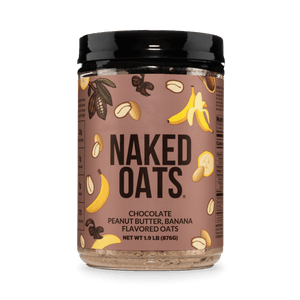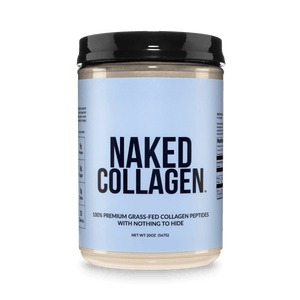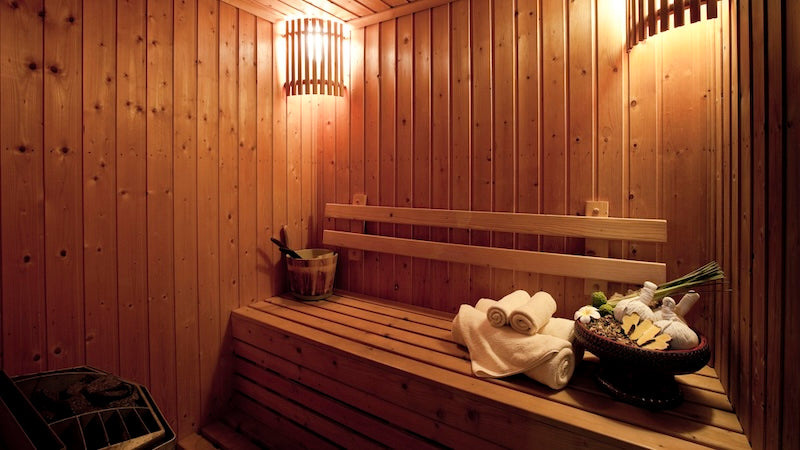Sauna, hot baths and cold water immersion are all becoming extremely popular ways for athletes and regular fitness enthusiasts to improve recovery and fight post-workout soreness.
But while these methods are effective on their own, combining them - in a practice known as contrast therapy - may provide even greater benefits.
Keep reading to learn all you need to know about combining hot and cold therapy, and how you can start using this practice to accelerate progress towards your fitness goals.
What is Contrast Therapy?

Contrast therapy is the practice of alternating hot and cold exposure to speed up recovery and alleviate muscle soreness.
It's generally done by switching between hot and cold baths, and thus may be referred to as contrast bath therapy or contrast water therapy.
However, you can also do it by using a sauna first, then following it up with a cold plunge, though most research is done with baths for both hot and cold.
How Does Contrast Bath Therapy Work?
So why does jumping between hot and cold water help you recover faster?
The key to how contrast bath therapy works is in how heat and cold affect blood flow.
When you get in hot water, your blood vessels dilate (widen), and blood flow increases.
Cold water causes the blood vessels to constrict (become smaller), which increases your heart rate to compensate for lower blood flow.
Repeatedly switching between states, and the rapid widening and constricting of blood vessels, leads to an increase in blood circulation afterwards.
As a result, the body is able to get more oxygen and vital nutrients to the muscles, accelerating your rate of recovery (along with a few other benefits).
Benefits of Hot/Cold Contrast Therapy

There are a ton of worthwhile benefits to contrast baths. Let's take a look at them now.
Faster Recovery
The most notable benefit of contrast bath therapy is quicker recovery.
Improved blood flow and a greater supply of oxygen to the muscles results in a faster rate of recovery. It can also help improve recovery from injuries, particularly muscle injuries and soft tissue trauma.
Studies have backed up the benefits of contrast baths for recovery, finding that a 30-minute contrast bath protocol successfully increased oxygen levels in the muscle tissues.
Another study found that exercise-induced muscle damage was improved following contrast bath therapy, compared to a control group relying on passive recovery.
Decreased Muscle Soreness
Contrast baths can also help you deal with muscle soreness after exercising.
The cold exposure, along with the increase in circulation, helps to reduce inflammation, which is a common cause of post-exercise muscle pain.
Improved Joint Mobility
Contrast bath therapy can help alleviate stiffness and pain in the joints, and overall help improve mobility and flexibility, by increasing blood flow to the joints and reducing inflammation.

Improved Immune System
Contrast bath therapy may help boost the immune system.
One study showed that a hot and cold shower routine, maintained over 30 consecutive days, resulted in a 29% reduction in sickness for that group.
This backs up other research that finds that hydrotherapy (water immersion for the treatment of pain, injuries or diseases) may have benefits for immunity and reducing sickness rates.
Relaxation
Contrast baths can also help you de-stress and relax.
Both hot water and cold water induce the release of endorphins, which are natural chemicals that make us feel good.
Higher Energy Levels
The increase in blood circulation, along with the release of positive endorphins, can also have a positive effect on energy levels, and help you feel more awake and alert.
Improved Metabolism
There are also suggestions that contrast therapy (primarily cold exposure) can help boost metabolism, the rate at which the body passively burns calories, thus helping you lose weight and achieve a leaner physique.
Risks of Contrast Therapy
It's important to consider that there can be risks, too, when it comes to contrast therapy.
Manipulating your cardiovascular system should be done with caution, especially if you have any kind of existing conditions related to the heart or blood pressure.
There are also risks involved with hot water and cold water. Hot water temperature can scald, or result in overheating if you stay in it for too long. Cold water can also provide a shock to the system, and result in hypothermia if you overdo it.
Approach contrast therapy with care - check with your doctor if you have any existing conditions, particularly heart conditions or high or low blood pressure, and avoid contrast bath therapy if you have any open wounds or skin conditions.
Tips for Doing Hot and Cold Therapy

One of the great things about contrast therapy is that it doesn't take much to set up - you just need a hot tub and a cold tub you can jump between.
If you're thinking of giving it a try, here are some tips to help you do it safely, and get the most benefits out of the practice.
Experiment
There's no exact consensus for the right timing, water temperature, frequency and other factors. So you'll want to experiment and find out what works best for you.
You'll generally do it for around half an hour, with 3-6 sessions of both hot and cold over this time.
However, you can try your own way of doing things. Experiment with different timing, different temperatures, and even mix some sauna in there if that's your thing. Find your own ideal protocol.
Start Slow
If you're just starting, and you're not yet used to heat therapy or cold exposure, take it slow.
Don't start out with extreme temperatures and long sessions. Your body won't be accustomed to it, and you risk hurting yourself.
Start slow and careful, and if you feel alright, build up to higher intensity.
Stay Hydrated
Don't neglect hydration. You might feel like it's unnecessary, since you're already immersed in water, but you still need water and electrolytes to help manage your body temperature (particularly going through such quick fluctuations).

Finish with Cold
Some experts believe that you can get greater benefits, particularly for metabolism, if your last session is in cold water.
Most people also feel that the cold makes them feel more energized, so you may come away with higher energy levels if you close with cold exposure.
Feel free to experiment, though - you may find something else works better for you.
Consult a Professional
If you're doing contrast water therapy specifically to recover from an injury, be sure you check in with a professional.
Contrast therapy may interfere with your physical therapy regimen. It may also have limited benefits to the healing process for that particular injury, and thus you'll still need to go through your normal recovery process.
Be sure to talk it through with your physical therapist for an informed view.
Final Thoughts
Contrast baths are, to many, a great way to recover faster, decrease muscle fatigue and muscle pains, and just to relax in general.
There are risks - make sure you talk these risks out with a medical professional if you have any pre-existing conditions or worries.
But for most, you'll find this is a convenient and affordable way to boost recovery and accelerate the benefits of your training program.
Also Read: Does the Sauna Burn Calories?













